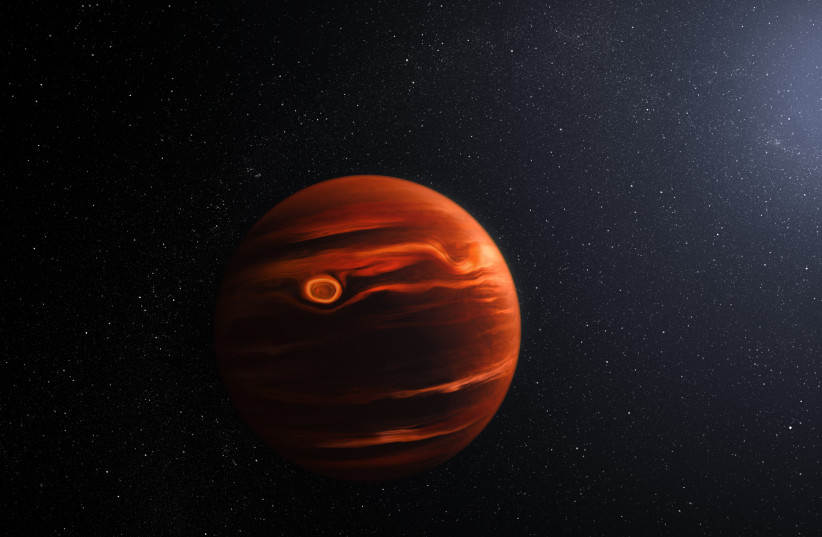NASA's James Webb telescope discovers water vapor on rocky planet
The system PDS 70 is approximately 5.4 million years old, NASA estimates, which the space agency also considers to be very old regarding stars with planet-forming disks.
Scientists using NASA's James Webb telescope discovered water vapor in a rocky planet located 370 light years away from Earth, NASA officially stated on Monday.
The water vapor detected was discovered in the planetary system PDS 70's inner disk and was detected by the telescope's MIRI (Mid-Infrared Instrument). Its inner disk is separated from its outer disk by a five billion-mile-wide (eight billion kilometer) gap. Measurements by the telescope's MIRI were done at distances less than 100 million miles within the inner disk, where planets are forming.
This is the first detection by NASA of water in a disk's terrestrial region that hosts two or more protoplanets -masses of gas that rotate around a star and are believed to become planets.
Lead researcher Giulia Perotti noted that she and other researchers had "seen water in other disks, but not so close in and in a system where planets are currently assembling."
The system PDS 70 is approximately 5.4 million years old, NASA estimates, which the space agency also considers to be very old regarding stars with planet-forming disks.

Researchers have not detected any planets forming within PDS 70's inner disk; rather, they have discovered raw materials for building rocky worlds in the form of silicates.
But where did the water come from?
The MINDS (MIRI Mid-Infrared Disk Survey) program, which took the data of the discovery, had its team consider the possibility that the water came from water molecules forming in place when hydrogen and oxygen atoms combine.
Another possibility is that the ice-coated dust particles are "being transported from the cool outer disk to the hot inner disk, where the water ice sublimates and turns into vapor," the NASA website stated.



No comments:
Post a Comment